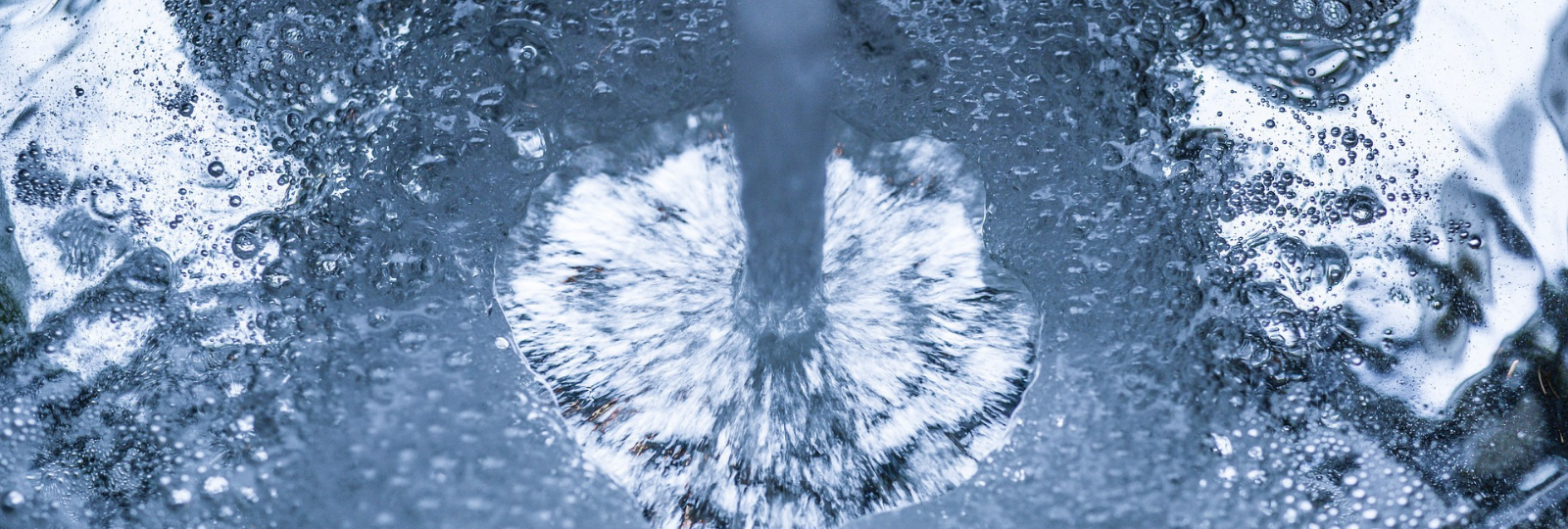
Potential Causes of High Water Bills and Tips to Save
Potential Causes of High Water Bills and Tips to Save
Have your water bills been high lately compared to normal? Or perhaps, you feel in general that your water bills are higher than they should be; maybe you don’t feel like your water consumption is reflective of your bill. There are a few things to ask yourself and steps to take to ensure your water bills are accurate and reflective of your consumption.
It is important to first pinpoint the source of the high bill. Has there been a change in your water consumption that may be causing high water bills? Is there a leak present? Are you using your water as efficiently as possible? These are questions you should consider when navigating the reasoning for your high utility bills.
Bulk metering vs. Submetering
Before you can take a deep dive into your water consumption it is important to know if your water is bulk metered or submetered.
Bulk metering monitors utility consumption through one meter for the entire building. This means that you are not being billed for your consumption. Rather, residents or tenants are billed based on the size of their unit. In this case, you’re potentially paying for other tenants’ water.
Submetering, in this case, water, is based on water consumption specific to your use. This means that you are only being billed for what you consume. In many cases, when you switch from bulk metering to submetering, your bill will be decreased because it is based on your consumption. However, there are circumstances where this will not be the case.
A 2019 conducted study concluded that resident water consumption decreased 22% after being submetered while another article concluded average water consumption to be reduced by 35%. While statistics vary regarding water consumption of bulk metered vs. submetered properties, overall water consumption will be reduced in a community that is submetered vs a community that is not on a submetered program.
Will your water bill decrease or increase when making the switch from bulk metering to submetering?
Again, submetering is based on consumption. If you consume more water than the previous bulk metered estimates on your prior bills, then you are likely to see an increase in your water bill. Rest assured, this can be easily resolved. We recommend doing some research on different ways to lower your water bill to trim your monthly bills and free up a little cash.
Unit Sub-Meter Providers (USMPs), such as Priority Submetering Solutions, are not utility providers and therefore do not establish the rates on your water bills. Your local utility provider establishes these rates. That said, USMPs give you the power to control your utility usage and to be billed accordingly.
If your building uses bulk metering you will not be able to reduce your monthly water bills as this is a fixed, monthly estimate. However, if your water bills are submetered, there are a few steps you can take to reduce your water bills are ensure that you are being billed reflective of your consumption.
Step 1: Establish changes in your Water Use
Identify if there have been any recent changes in your water use that might cause high water bills. For example, did you have a guest over that has been consuming water? Have you been taking longer showers or more baths? Have you been doing more laundry? Consider anything out of the ordinary in the recent months that might use a lot of water.
Step 2: Conduct a Leak Test
If there have been no changes in your water consumption, the next best step would be to conduct a leak test. If your water bills are higher than expected but you don’t believe this to correspond with your consumption, there may be a leak somewhere – most likely in your toilet. It is very important to identify any present leaks – nobody wants to be paying high water bills because of a leaky toilet.
There are a couple of ways that you can conduct a leak test easily and conveniently:
Conduct a toilet test: to do this, add a few drops of food colouring into the tank of your toilet. Without flushing, leave it for at least 20 minutes to see if the colour ends up in the toilet bowl. If it does, this implies a leak. If the food colouring appears in your toilet bowl quickly, this would imply a fairly significant leak; if the food colouring ends up in your toilet bowl over a longer period, this would imply a minor leak. Contact the necessary officials to bring this to their attention and have the leak resolved. Who you should contact varies depending on your situation:
Rental property: contact your landlord.
Rental condo property: contact the unit owner.
Condo owner: contact the Property Manager. You may be advised to contact a plumber directly as being the owner of the unit you are likely responsible for resolving the leak.
Pause consumption and compare: to do this we advise you to not use water for 15-20 minutes. From there, monitor your water readings during that period to see if the water reading numbers increased while water was not in use. If an increase occurs this implies a leak. Again, contact the necessary officials right away.
Ultimately, if there is a leak present, it is important to notify the right people and get the leak resolved. This way, they can begin establishing where the leak is occurring and ultimately resolve the issue. Once the leak is resolved, your water bills will be entirely based on your consumption.
Step 3: Increase Your Efficiency of Water Consumption:
At the end-of-the-day, if you feel your water bills are too high and you have confirmed your water meter reading are accurate and that there are no possible leaks, then you may want to consider changing some of your habits when it comes to water consumption. There are many great resources to discover your energy-saving potential. Sign up for our newsletter. We’ll energize your inbox with energy-saving tips and promotional offers!

